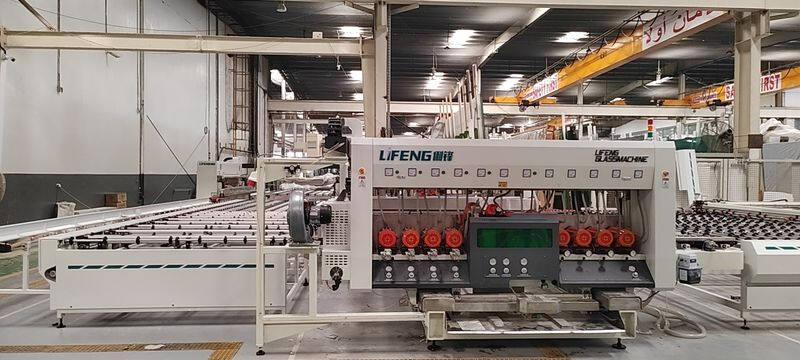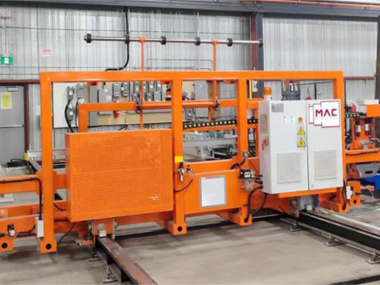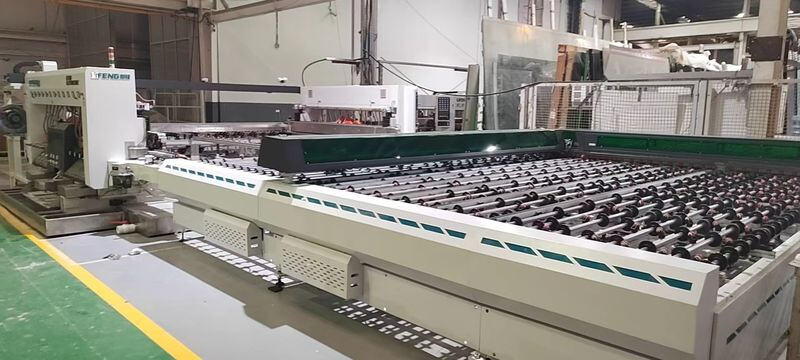glass buffing machine
A glass buffing machine is a sophisticated piece of equipment designed to restore, polish, and maintain various glass surfaces to their optimal condition. This versatile tool employs a combination of mechanical rotation and specialized buffing pads to effectively remove scratches, water spots, and other imperfections from glass surfaces. The machine features variable speed controls, allowing operators to adjust the rotation speed according to the specific requirements of different glass types and damage levels. The system typically includes a powerful motor that drives the buffing pad, while maintaining consistent pressure and movement patterns to ensure uniform results. Advanced models incorporate water feed systems that help prevent overheating and ensure smooth operation during extended use. These machines are equipped with ergonomic handles and adjustable settings to accommodate different working angles and user preferences, making them suitable for both vertical and horizontal glass surfaces. The technology behind glass buffing machines has evolved to include features such as digital displays for precise speed control, automatic pressure regulation systems, and interchangeable buffing heads for different applications. These machines find extensive use in automotive detailing, building maintenance, marine vessel upkeep, and industrial glass processing, where they effectively restore clarity and smoothness to glass surfaces while minimizing the risk of further damage.


